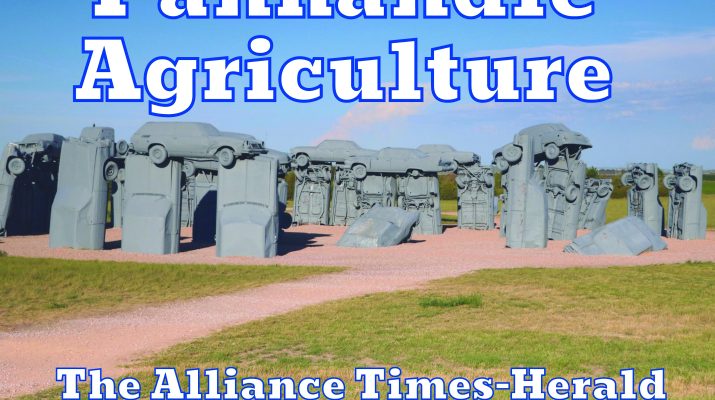The U.S. Department of Agriculture (USDA) Farm Service Agency (FSA) reminds ranchers and livestock producers if they are interested in accessing financial assistance available due to qualifying drought or fire impacts in 2022, now is the time to contact the county FSA office to learn more about the programs and apply.
The deadline to apply for 2022 assistance through the Livestock Forage Disaster Program (LFP) and the Emergency Assistance for Livestock, Honeybees, and Farm-Raised Fish Program (ELAP) is Jan. 30, 2023.
“Severe to extreme drought conditions in Nebraska, as well as a number of significant fires, have resulted in economic hardships for our agricultural producers, and livestock producers are no exception,” said John Berge, state executive director for the Farm Service Agency in Nebraska. “If you suffered grazing impacts, you should contact FSA as soon as possible so we can help you through all the steps to file your application or applications for payment.”
For the 2022 program year, 69 counties in Nebraska have met drought severity levels that trigger LFP for native pasture. The program may also have triggered for other grazed forages in certain counties. For LFP, qualifying drought triggers are determined using the U.S. Drought Monitor classifications within the grazing season. ELAP also uses the U.S. Drought Monitor as a triggering mechanism, but also has other program triggers, depending on whether a producer is applying for assistance due to drought or due to losses related to wildfire.
LFP provides payments to eligible livestock producers and contract growers who also have risk in eligible grazing land or produce forage crops for grazing and who suffered losses due to a qualifying drought during the normal grazing period for the county. Producers must have risk in both the livestock and the grazing land.
ELAP provides eligible producers with compensation for certain feed losses not covered by LFP, including feed and grazing losses associated with wildfire, as well as assistance with transporting water to grazing livestock, transporting feed to grazing livestock and transporting livestock to new grazing locations. Producers must have risk in both the livestock and the grazing land.
In addition to cattle, eligible livestock for both programs can include alpacas, buffalo/bison, goats, sheep, and others that have been or would have been grazing the eligible grazing land or pastureland during the normal grazing period.
To expedite the application process, producers are encouraged to gather records important to the application, such as grazing leases and contract grower agreements for LFP and ELAP assistance and information associated with the transportation of livestock feed (number of loads and mileage) or water (number of loads and gallons), if applying for ELAP assistance.
“Producers should not wait to contact their local Farm Service Agency office for additional information about program eligibility and necessary documentation for the application process,” Berge said.
LFP and ELAP are part of a broader suite of disaster assistance available through USDA. Additional disaster assistance information can be found on farmers.gov, including the Farmers.gov Drought Webpage, Disaster Assistance Discovery Tool, Disaster-at-a-Glance fact sheet, and Farm Loan Discovery Tool.

